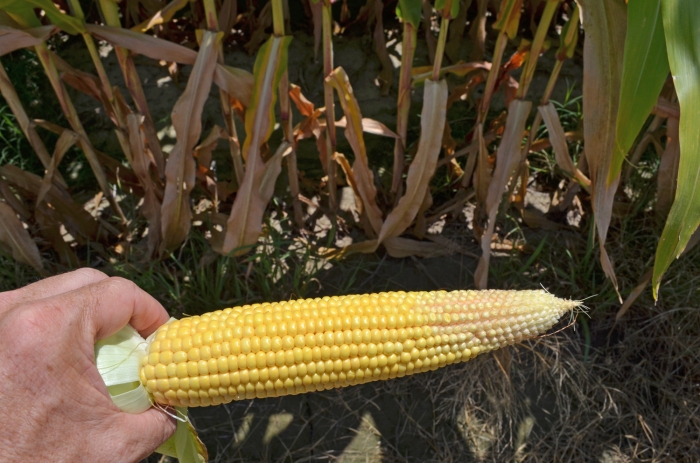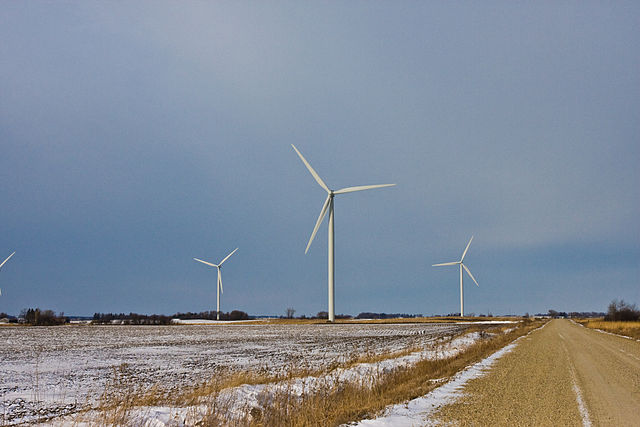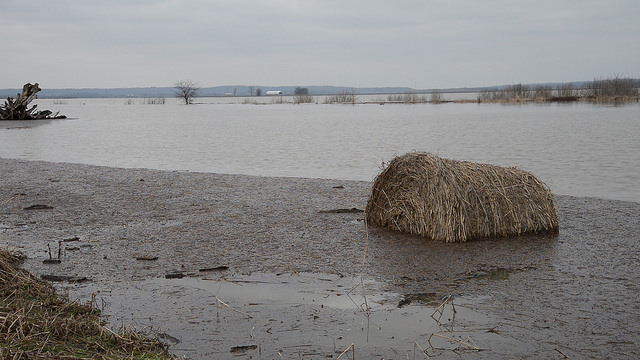
Jenna Ladd| July 11, 2017
In the largest study of its kind, UI researchers have detected polychlorinated biphenyls (PCBs) in six schools throughout the midwest.
Polychlorinated biphenyls (PCBs) are a class of manmade organic chemicals that were heavily used in construction and industry from 1929 until they were banned in 1979. PCBs are now known to cause cancer as well as immune, endocrine and reproductive system problems.
The Iowa Superfund Research Program took indoor and outdoor air samples from six schools from 2012 through 2015. While none of the schools had enough PCBs in the air to surpass the U.S. Environmental Protection Agency’s action level, the researchers did make new discoveries about the main sources of PCBs in schools.
The study, which was published in the journal Environmental Science and Technology, revealed that regardless of the school’s location: rural areas of Columbus Junction, Iowa or heavy industry areas of East Chicago, concentration of PCBs were higher indoors.
Project leader and UI College of Engineering Professor Keri C. Hornbuckle said in an interview with Iowa Now, “This is the first time we’ve been able to pinpoint the source of PCBs inside schools. This study shows that the indoor air is contaminated, and that contamination is due to materials that remain in use in the school buildings.” The study points to florescent light ballasts, calking and oil-based paints as likely sources.
Research has shown that exposure to PCBs during childhood can cause significant neurological deficits, visual impairment and learning difficulties. Schools in the U.S. are not currently required to measure PCBs concentrations but concern is growing.
Dr. Peter Thorne is the principal investigator on the study. He said, “Our nation’s schools must provide a safe and healthy environment for growing and learning. In addition to protecting children from risks such as asthma and obesity, schools need to be free of elevated exposures to persistent pollutants, including lead and PCBs.”








